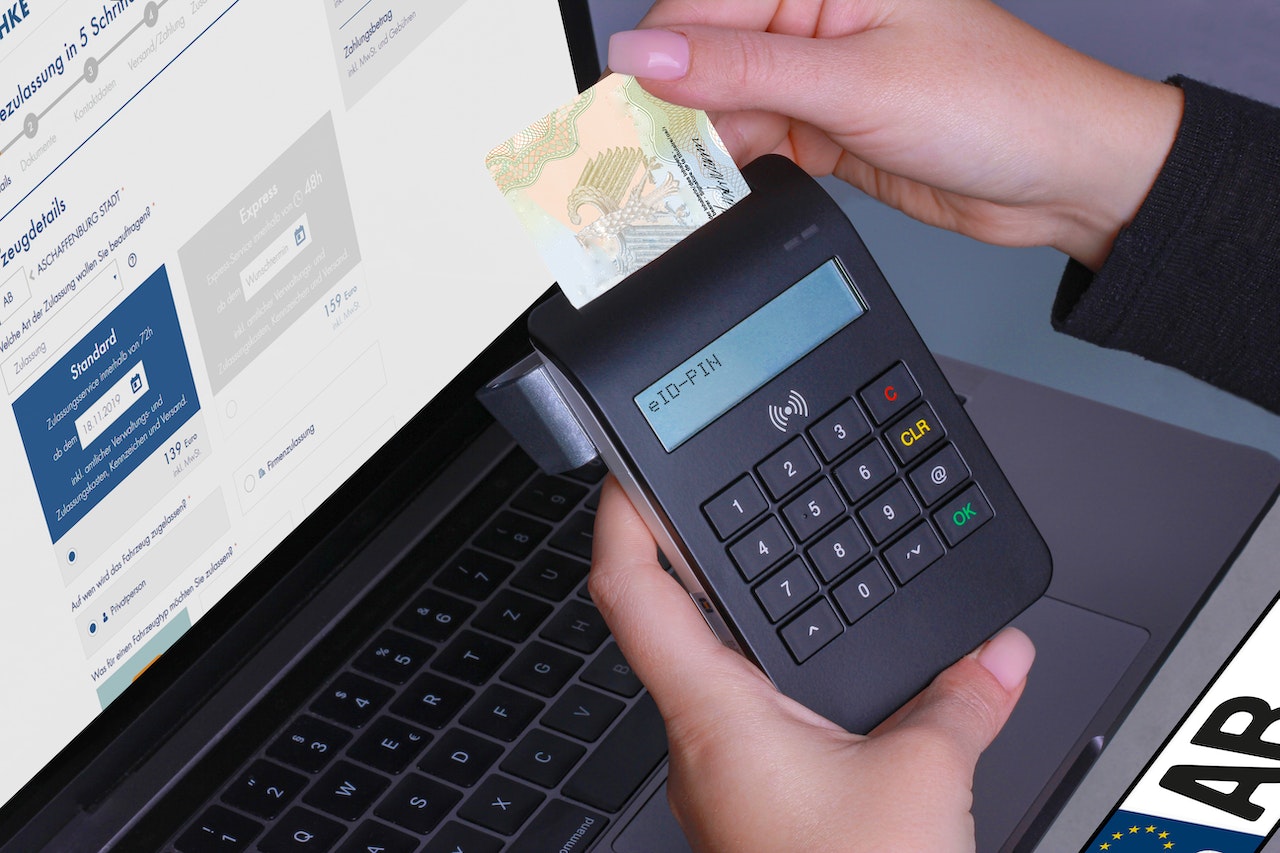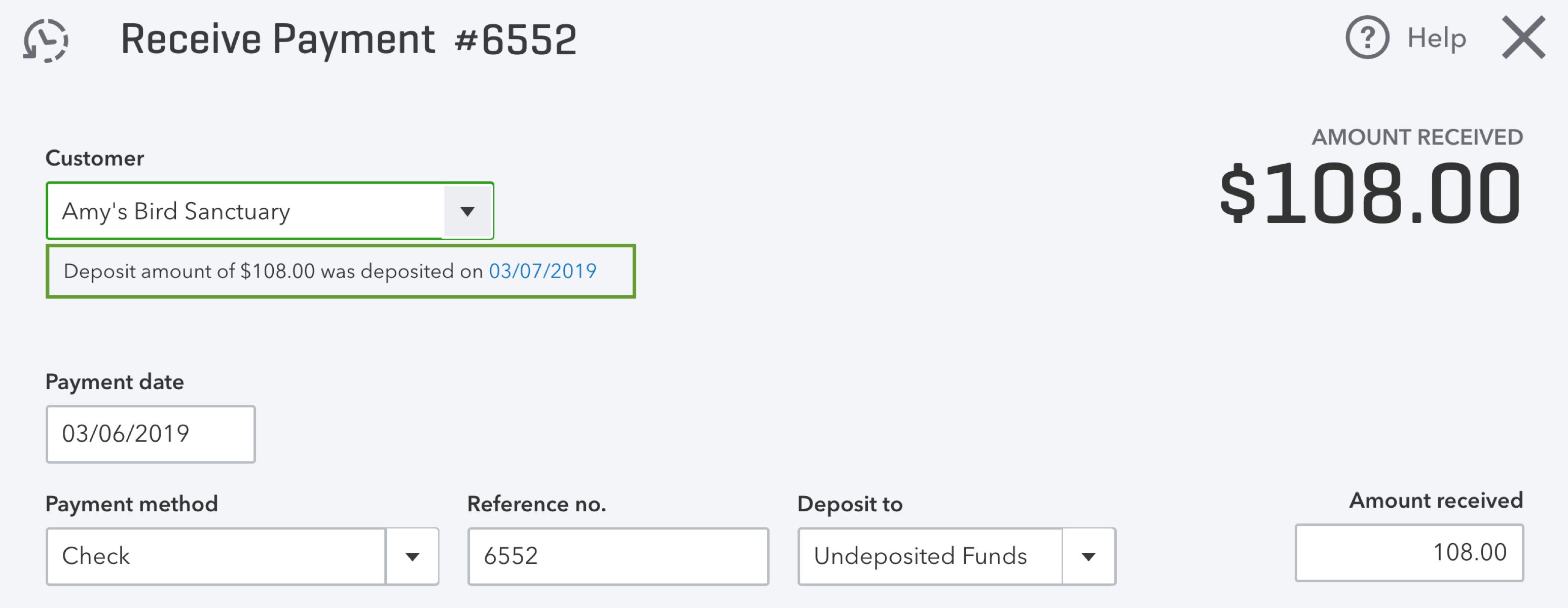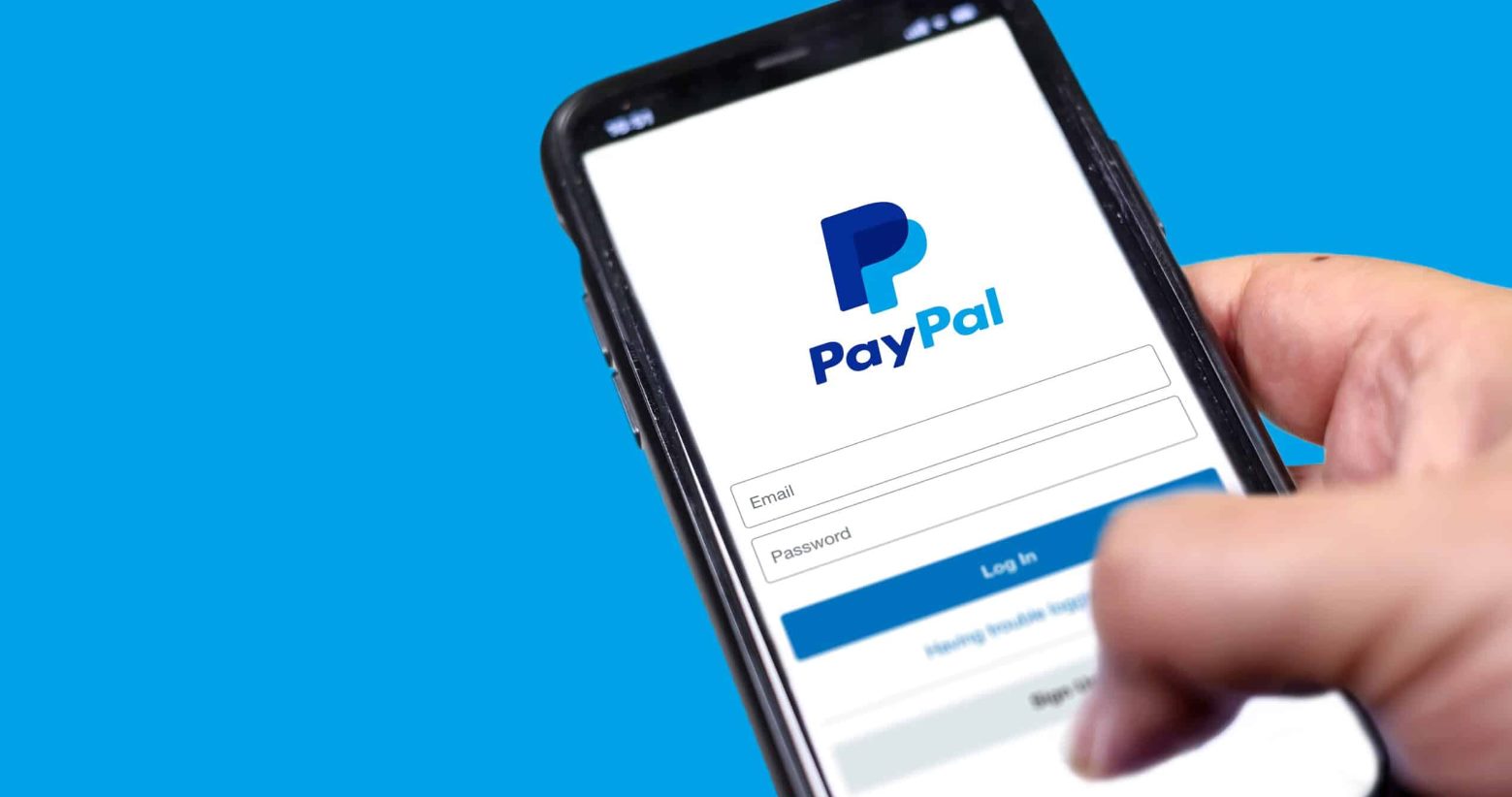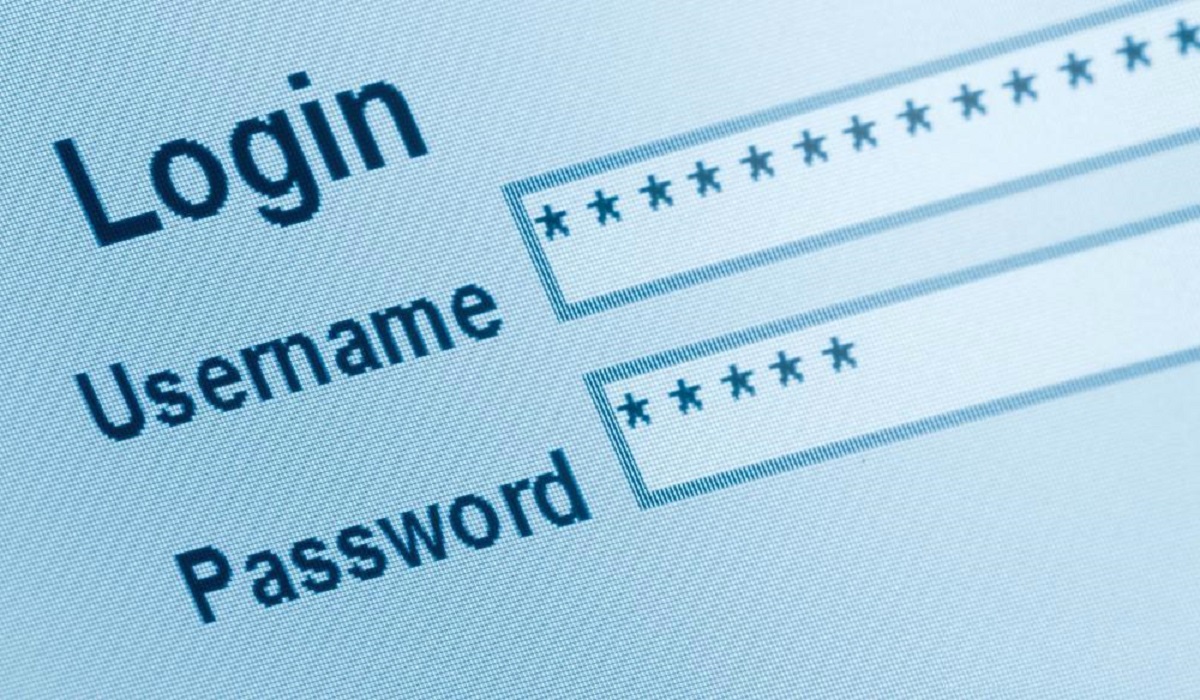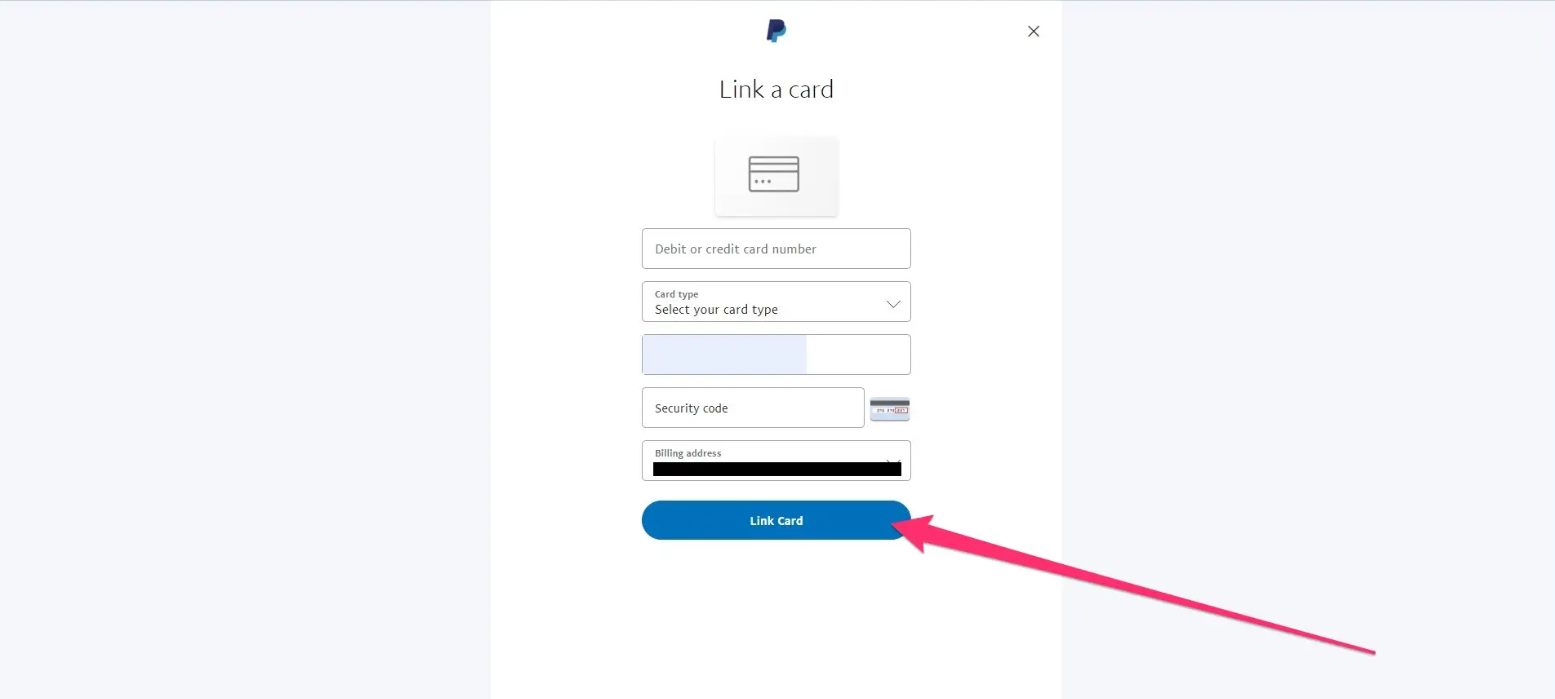Introduction
Welcome to the world of online banking! Adding a new account to your online banking platform can be a convenient and time-saving way to manage your finances. Whether you’re opening a new savings account, a credit card account, or even a business account, the process is usually straightforward and can be done from the comfort of your own home.
Gone are the days of waiting in line at the bank or filling out endless paperwork. With online banking, you can easily add new accounts with just a few clicks, giving you instant access to all your financial information in one place. In this guide, we will take you through the step-by-step process of adding a new account to your online banking platform.
Before we begin, it’s important to note that the specific steps may vary depending on the bank you are using and the online banking platform they offer. However, the general process remains relatively consistent across different banks. Make sure you have your login credentials and account details handy, and let’s get started!
Step 1: Go to your bank’s website
The first step in adding a new account to your online banking platform is to visit your bank’s website. Open up your preferred web browser and enter the URL of your bank. If you’re unsure of the specific website address, a quick internet search with your bank’s name should lead you in the right direction.
Once you arrive at the bank’s website, you will typically see a homepage with options and menus for various banking services. Look for the “Online Banking” or “Sign In” button, usually located at the top right corner of the page. Click on this button to proceed to the login page.
If you are already a registered user, simply enter your login credentials, including your username or customer ID, and your password. If this is your first time accessing your online banking account, you may need to go through an initial registration process. Look for a “Register” or “Enroll Now” option on the login page and follow the instructions provided to create your account.
It’s crucial to ensure that you are visiting the official website of your bank to avoid any scams or phishing attempts. Double-check the URL and ensure that it begins with “https://” indicating a secure connection. This helps protect your personal and financial information during the online banking process.
Once you have successfully logged in to your online banking account, you’re ready to move on to the next step of adding a new account.
Step 2: Log in to your online banking account
Now that you’ve reached the login page of your bank’s website, it’s time to log in to your online banking account. Enter your username or customer ID and your password in the designated fields. Some banks may also require additional security measures such as a verification code sent to your registered phone number or email address.
It’s important to ensure that you are using a secure internet connection when logging in to your online banking account. Avoid using public Wi-Fi networks or shared computers, as these can pose a risk to the confidentiality of your login credentials and personal information. Opt for a trusted and private network, such as your home or office connection.
If you have forgotten your login credentials, most banks offer a “Forgot username/password” option on the login page. By clicking on this option, you will be guided through a process to recover your credentials. It usually involves providing some identifying information and answering security questions that you previously set up when registering for your online banking account. Once your identity is verified, you will be able to reset your username or password.
Remember to keep your login credentials confidential and avoid sharing them with anyone. Your online banking account holds sensitive information, and protecting it is crucial to ensure the security of your financial transactions.
Once you have successfully logged in to your online banking account, you are one step closer to adding a new account and gaining full control over your finances!
Step 3: Find the “Add Account” option
Now that you have logged in to your online banking account, it’s time to find the “Add Account” option. This option may be labeled differently depending on your bank’s online banking platform, but it is typically located in the main navigation menu or within the account settings section.
Explore the different menus and options available on your online banking dashboard until you find the section where you can manage your accounts. Look for keywords like “Accounts,” “Settings,” or “Profile” to guide you in the right direction. Some banks may also have a dedicated “Add Account” button prominently displayed on the homepage or sidebar.
Clicking on the “Add Account” option will lead you to a new page or window where you can proceed with the account addition process. Here, you’ll be presented with various options for the type of account you want to add, such as a savings account, checking account, credit card account, or even investment or loan accounts.
If you are unsure about the specific terminology used by your bank, you can refer to the bank’s help center or support documentation for guidance. They often provide detailed instructions and FAQs to assist customers in navigating the online banking platform.
Take your time to explore the available options and ensure that you select the appropriate account type you wish to add. This will facilitate the subsequent steps and ensure that you have the right features and functionalities associated with your new account.
Once you have located the “Add Account” option and identified the type of account you want to add, it’s time to move on to the next step and begin entering the account details.
Step 4: Select the type of account you want to add
After finding the “Add Account” option in your online banking platform, the next step is to select the type of account you want to add. This step is crucial as it determines the specific features and functionalities associated with your new account.
The available account types may vary depending on your bank and the services they offer. Common options include savings accounts, checking accounts, credit card accounts, investment accounts, and loan accounts. Some banks may also offer specialized accounts such as business accounts or joint accounts.
Take a moment to consider your financial needs and goals to determine the most suitable account type for your situation. If you’re looking to save money and earn interest, a savings account might be the right choice. On the other hand, if you need a transactional account for everyday expenses, a checking account could be more suitable.
If you’re unsure about the different account types or their specific features, your bank’s website or online banking platform usually provides detailed information or descriptions for each option. You can also reach out to customer support or visit a local branch for more guidance.
Once you have decided on the type of account you want to add, select it from the available options. This will typically involve clicking on a checkbox or a radio button next to the account type. Some platforms may require you to provide additional information or answer questions related to the selected account type.
Make sure to read any instructions or prompts carefully and provide accurate information to ensure a smooth account addition process. Double-check the account type you have selected before proceeding to the next step.
By selecting the type of account you want to add, you are now ready to move forward with entering the specific account details.
Step 5: Enter the account details
Now that you have selected the type of account you want to add, it’s time to enter the specific account details. This step involves providing accurate and up-to-date information to ensure that your new account is set up correctly.
Depending on the account type you have chosen, the required account details may vary. However, common information that you may be asked to provide includes:
- Account holder’s name: Enter the name of the primary account holder. If the account is joint or business-related, you may also need to provide additional names.
- Account number: This is a unique identifier for your account. It can usually be found on your account statements or checkbook. If you don’t have an existing account, the bank will typically assign a new account number for you.
- Initial deposit amount: For certain account types, such as savings or investment accounts, you may be required to make an initial deposit. Enter the desired amount you wish to deposit into the account.
- Identification documents: Depending on your bank’s policies and regulations, you may be asked to provide identification documents such as a driver’s license, passport, or social security number. This is to verify your identity and comply with legal requirements.
- Contact information: Provide your current contact details, including your phone number, email address, and residential address. This ensures that the bank can reach out to you for any account-related communication.
Take your time to carefully enter each detail, double-checking for accuracy. Any mistakes or typos could cause delays in the account setup process or result in issues down the line.
If you have any uncertainties or questions regarding the required account details, don’t hesitate to reach out to customer support for assistance. It’s better to seek clarification beforehand rather than encountering problems later on.
Once you have entered all the necessary account details, review the information one last time to ensure its correctness. Click on the “Next” or “Submit” button to move forward with the verification and confirmation process.
Congratulations! You have successfully entered the account details for your new account. The next steps involve the verification and confirmation process to finalize adding your account to your online banking platform.
Step 6: Verification and confirmation
After entering the account details for your new account, the next step is the verification and confirmation process. This step is important to ensure the accuracy and security of your account information.
Depending on your bank’s procedures, the verification and confirmation process may vary. It typically involves one or more of the following steps:
- Email or SMS verification: You may receive a verification code or link via email or SMS to confirm your email address or phone number. Enter the code or click on the link provided to validate your contact information.
- Document upload: For certain account types or specific circumstances, you may be required to upload supporting documents such as identification documents or proof of address. Follow the instructions provided to upload the necessary files securely.
- Confirmation call or visit: In some cases, the bank may require a confirmation call or an in-person visit to a branch to verify your account details. This serves as an additional layer of security and helps prevent fraudulent activity.
- Review and acceptance: Carefully review the terms and conditions associated with the new account. This may include interest rates, fees, and account-specific rules. Once you have reviewed and accepted the terms, proceed with confirming your acceptance.
During the verification and confirmation process, it is essential to follow the instructions provided by your bank. Pay careful attention to any deadlines or additional requirements to ensure a smooth and timely account addition.
If you encounter any difficulties or have questions regarding the verification and confirmation process, reach out to the bank’s customer support for assistance. They can provide guidance and address any concerns you may have.
Once the verification and confirmation process is successfully completed, your new account will be added to your online banking platform. You can now start managing and accessing your account conveniently from anywhere at any time.
Step 7: Start managing your new account online
Congratulations! You have successfully added your new account to your online banking platform. Now, it’s time to start managing and taking advantage of the convenience and features that online banking offers.
Once your new account is added, it will typically appear in your account dashboard alongside your existing accounts. You can access your new account by clicking on its name or selecting it from the account list.
Explore the various options and functionalities available for your new account. Online banking platforms offer a range of features that allow you to manage your finances effectively, including:
- Checking your account balance: Get real-time updates on your account balance to stay on top of your finances.
- Viewing transaction history: Review and track your transactions, helping you identify any discrepancies or unauthorized activity.
- Transferring funds: Easily move money between your different accounts or make transfers to other accounts within the same bank or external accounts.
- Scheduling payments: Set up recurring bill payments or schedule one-time payments for your bills and expenses.
- Managing alerts and notifications: Customize alerts to receive notifications for specific account activities, such as low balance alerts or transaction notifications.
- Accessing statements and documents: View or download account statements, tax documents, and other important paperwork.
Take some time to familiarize yourself with the features and options available for managing your new account. Most online banking platforms have user-friendly interfaces designed to make navigation intuitive and straightforward.
It’s important to remember to regularly monitor your new account and review any transactions or activities to ensure their accuracy. If you notice any discrepancies or suspicious activity, contact your bank’s customer support immediately.
In addition to managing your account online, you can also explore other digital banking services that your bank may offer, such as mobile banking apps, online bill payment, or even virtual wallets for convenient and secure transactions on-the-go.
With your new account now integrated into your online banking platform, you have the flexibility to manage your finances whenever and wherever it’s convenient for you. Enjoy the ease and control that online banking brings to your financial life!
Conclusion
Adding a new account to your online banking platform is a simple and convenient process that allows you to have all your financial information in one place. By following these step-by-step instructions, you can seamlessly add a new account and start managing it online.
Remember to always ensure that you are accessing your bank’s official website and using a secure internet connection when logging in to your online banking account. Protecting your login credentials and personal information is crucial for maintaining the security of your online financial transactions.
Take the time to explore the options and features available within your online banking platform. Familiarize yourself with the functionalities and tools that can help you effectively manage your finances, such as checking your account balance, reviewing transaction history, transferring funds, scheduling payments, and accessing important documents.
If you encounter any difficulties or have questions throughout the process, don’t hesitate to reach out to your bank’s customer support. They are there to assist you and provide the necessary guidance.
Now, you’re ready to embark on your online banking journey and enjoy the convenience and control it offers. With just a few clicks, you can add a new account and have all your finances at your fingertips.
So, go ahead and take the next steps to add that new account to your online banking platform. Start managing your finances with ease, efficiency, and security!







